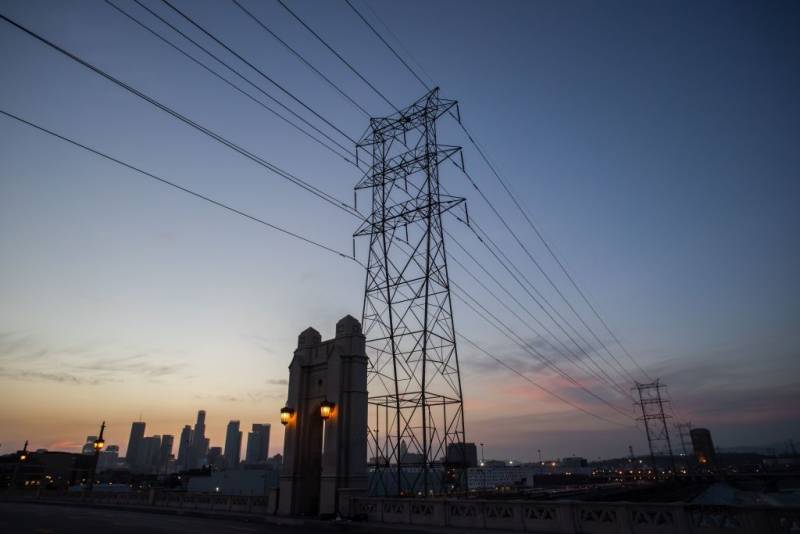The issue of how quickly CAISO can see — and react to — what the state’s many power resources are producing, matters significantly as California transitions away from fossil fuels to more renewable energy sources, according to Daniel Kammen, director of UC Berkeley's Renewable and Appropriate Energy Laboratory (RAEL).
“We need a system with better data feedback and more real-time updates so CAISO can make the right decisions,” Kammen said. “We need to know precisely what’s happening. Technology makes that very possible today.”
While Kammen hasn’t studied what happened at the Ormond Beach plant, he says the timing of the rolling blackouts looks “completely tied” to that lack of capacity. In his view, energy storage is critical to ensuring reliability during the growing shift to renewables.
“They simply don’t know what resources they have available to them. We’ve had 10 years of planning to try and fix that,” Kammen added. “That’s CAISO’s job. If they don’t have the capacity, they should ask the governor’s office and the [public utilities commission] for whatever they need to get there.”
CAISO officials have highlighted problems with the complex energy market it operates. In that market, much of the state's power is booked just a day in advance. A practice called “convergence bidding” — which involves trading virtual power — is intended to smooth the gap between the day-ahead and real-time markets.
“We were not set up correctly,” Hou said on last week’s call. “So the real-time market had to work extra hard to untangle what was set up a day ahead.”
According to the Oct. 6 analysis of the blackouts, scheduling coordinators “under-scheduled” or didn't line up enough power ahead of time, meaning the market didn't “reflect the actual need on the system.” That, in turn, signaled that “more [energy] exports were ultimately supportable.”
In other words, says former CPUC President Loretta Lynch, California was exporting power up until CAISO called for rolling blackouts. “They were serving the energy traders over the California economy,” Lynch said.
CAISO contends that the regionwide August heat storm made import opportunities scarce. On last week’s call, when asked why it did not consider curtailing exports during the two-day blackout, an official asked for patience.
“We need to put into perspective how the timing of this happened. We started taking action as we unraveled these layers,” said Guillermo Bautista Alderete, CAISO's director of market analysis and forecasting. “We have to first analyze what happened. Then understand what happened. Then look at our next opportunity to effectuate change.”
In the last week, CAISO has announced the departures of two top executives: Vice President of Operations Eric Schmitt and Vice President of Technology Petar Ristanovic. A CAISO spokesperson said both men had been considering retirement for some time, and that their decisions were unrelated to this summer’s outages.
In the coming weeks, experts will be looking for signs of a paradigm shift in how the state ensures it can provide reliable power to Californians.
“How do we keep the lights on in a world in which a growing share of generation capacity supplies power when the sun is shining and the wind is blowing?” asked Frank Wolak, an economics professor at Stanford, who chaired CAISO's Market Surveillance Committee from 1998-2011.
